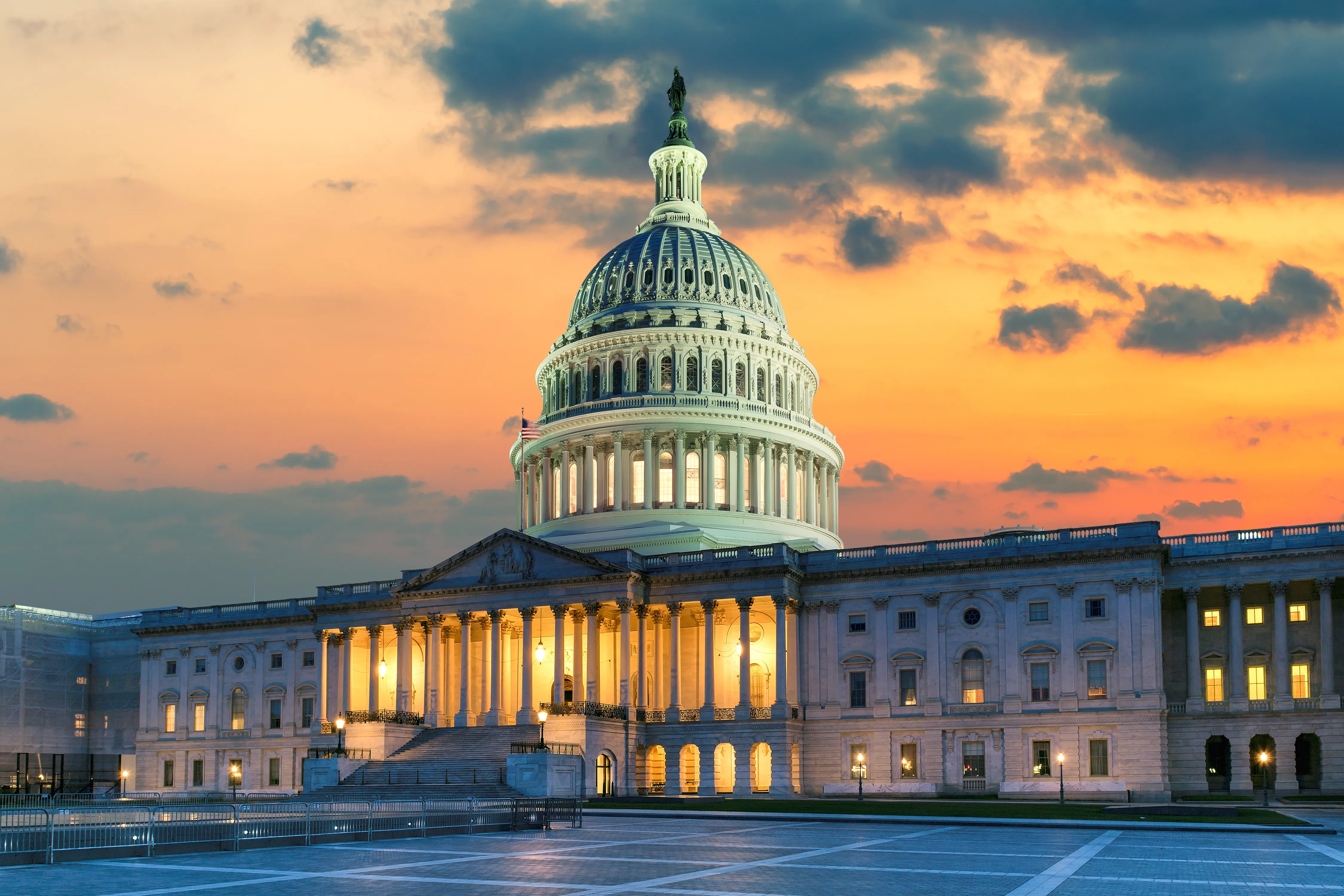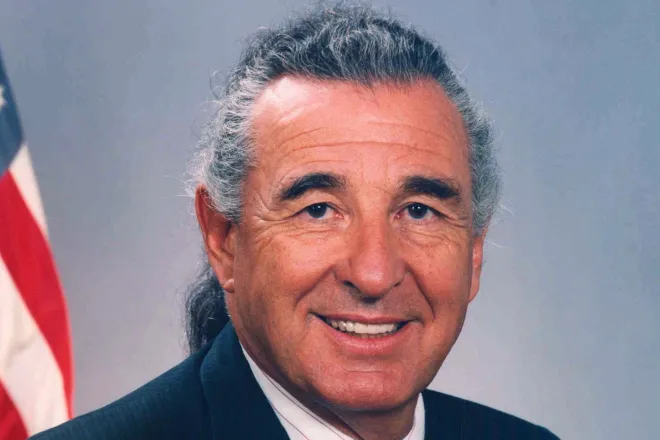
Montana broadband committee approves $300 million in fiber optic, satellite projects
Montana’s Communications Advisory Commission on Monday approved spending more than $300 million to bring more residents high-speed internet, including millions for satellite connections to companies like Amazon and StarLink.
The federal money for high-speed internet coverage is expected to expand to another 71,975 locations across the state. Department of Administration director Misty Ann Giles, a member of the council, said 32 grant applications had been selected.
Federal rules changed for the program, which led to something of a scramble, committee members said Monday. Those changes included prioritizing “speed and scalability,” said Representative Ed Buttrey, who leads the committee. He added that the changes also put less emphasis on what type of internet connection — fiber optic or satellite — grant applicants model their business around.

© yucelyilmaz - iStock-2101393672
“We were given an unbelievable short period of 90 days to open up the application process again, and to do our work and determine the awards,” Buttrey told the committee on Monday. “Personally, I was a skeptic that we could pull this off in 90 days. It appears, with actions that I hope we take today, that we will have accomplished that task. And that’s no small task.”
The approval process requires Governor Greg Gianforte to sign off on the use of funds. At a Monday event in Boulder he expressed optimism around the broadband efforts.
The state has received hundreds of millions of dollars in federal funding for better internet and divided out some money it had received through the Broadband Equity, Access, and Deployment program, which is more commonly referred to as “BEAD.”
Montana is receiving about $148 million in matching funds by companies doing the work, Giles said. The state has about $557 million in BEAD funding, which is the source of the money approved by the commission on Monday.
Importantly, not all of the BEAD money is going to fiber-optic companies. In fact, a significant chunk of the investment will be going to companies that provide satellite internet services, including Amazon and StarLink.
A little more than 16 percent of the funding is going to what’s called “non-geostationary satellite” internet, which will cover about 65 percent of the new locations that will be serviced. Those locations are referred to as “Broadband Serviceable Location” or BSLs, which essentially means an address that can get high-speed internet. Amazon alone applied for about 40,000 BSL’s, Giles told the committee.

© Amy Wilkins - iStock-2154356979
StarLink could get around $33 million in BEAD funding from Montana, while that number is about $16 million for Amazon.
Giles also provided a thorough breakdown of every application that has been approved by ConnectMT during the meeting. Fiber optic companies include Blackfoot Communications, which is getting around $26 million in BEAD funding, and a number of “Community Anchor Institutions” which are places like libraries.
Charter Spectrum will receive about $26 million for 2,400 connections, Giles said.
Some companies, including Blackfoot and Ziply Fiber, which also received approval on some of its work, have recently had trouble completing projects. Blackfoot had to narrow its projects, saying in a a letter to the FCC earlier this year that it was hoping to apply and receive BEAD funding, which it did.
Giles said that some companies “bit off more than they could chew” on Monday, and said that not every company got everything they asked for.
“They’re still getting a good chunk of change and some great projects,” Giles told the committee.
About $600 million has been invested into Montana’s broadband infrastructure since 2020, according to the Department of Administration. Some of that includes active construction projects, Giles said.

















